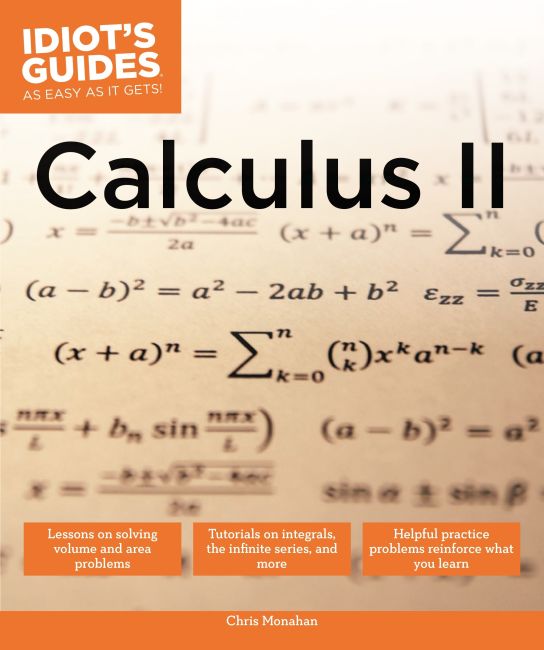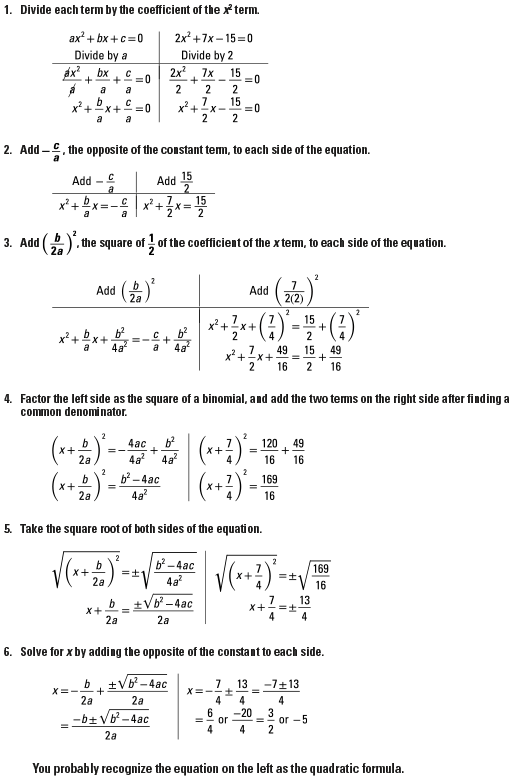
The main goal of Calculus II is to continue the development of differential and integral calculus started in Calculus I, including specific topics which have been found to be valuable for applications in many other fields. Makeup quizzes or exams will only be offered in the event of extreme circumstances.Calculus II is being taught in two half-semester courses Math 226: Integration Techniques and Applications, and Have any questions about your calculator please see me. Use of a non-approved calculator will be considered a violation of DU’s honor code. Graphing or programmableĬalculators are not allowed as well as calculators that can perform any kind of calculus or symbolic You may use a simple scientific calculator for all exams and quizzes.

Calculus 2 practice final password#
With this, you should be able to create an account with your own username and password and start learning about the system.

To do this, go to the Student tab at the top,Īnd look for an option in the drop-down menu that says "I have a Class Key." Your class key for our section is du 7700 9898. Your homework assignments will be posted and collected using WebAssign, an online tool for problem dissemination. Your term grade will consist of homework assignments (roughly 1 per week), weekly quizzes, two one-hour midterm exams, and a final exam, broken down in the following way: A difference of even a couple of days in seeking help can be absolutely devastating in such a fast-paced course, so PLEASE do not hesitate. If you are having trouble, come see me or Konrad! Either of us will be happy to discuss any aspect of the class which is causing trouble, either informally after class or during office hours.
Calculus 2 practice final how to#
Mathematics, perhaps more than any other subject, allows for constant easy self-evaluation either you know how to complete exercises from the section on your own, without outside help, or you do not.

The most important advice I can give you for this course is to honestly evaluate your own progress. For this reason, we'll learn how to "undo" the operation of taking a derivative, answering the question: given a function g, what is a function f which has derivative g? This turns out to be harder than just taking derivatives, and we'll learn various tricks for solving this problem over the course of the quarter. It turns out that the integral and the derivative are closely related in fact in a sense, the integral is the "opposite" of the derivative. Beyond measuring area under the curve, it turns out that we can use the integral to compute many important quantities, such as the volume or surface area of an object, the arc length of a curve, or the amount of work (as studied in physics) done by exerting some force. As opposed to the derivative, which measures the rate of change of a function, the integral gives the area under a function. Math 1952 focuses on another special kind of limit, the integral. In Math 1951, you learned about limits and a particularly important example of a limit, called the derivative. This book is available at the DU Bookstore. Text: Single Variable Calculus: Early Transcendentals 7th Edition by Stewart.

Your TA Konrad will lead the class on Fridays. Our class will meet every day from 11:00 - 11:50 in Olin 105. Solutions to your practice final exam have been posted below.Į-mail: hours: Monday 4-5, Thursday 9-11, or by appointment.Į-mail: hours: Monday 1-2 and Wednesday 4-6.A list of concepts which could be on the final exam has been posted below.This page will be updated throughout the term with important information for our course, including homework assignments, review materials, solutions to assignments, and more. This is the homepage for MATH 1952 (Calculus II), Section 1. MATH 1952 Course Page MATH 1952 (Section 1)


 0 kommentar(er)
0 kommentar(er)
